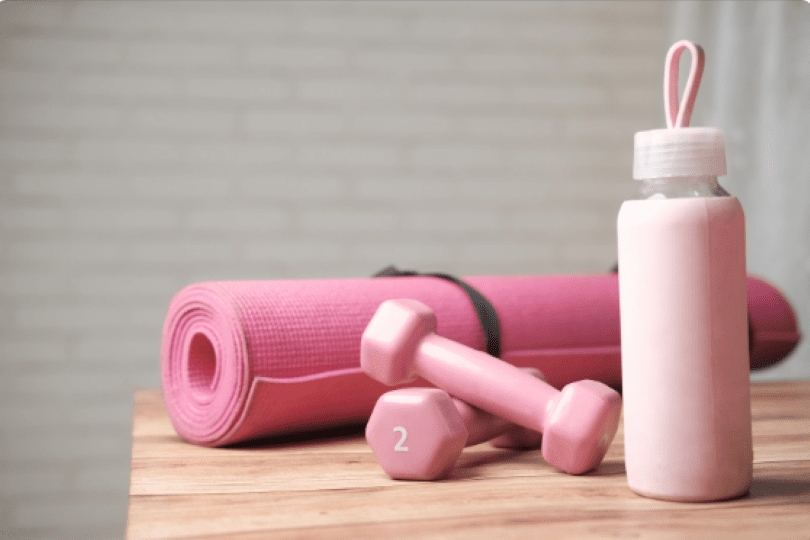Back pain is a common problem that affects millions of people worldwide. It can be caused by various factors, including poor posture, muscle strain, herniated discs, or arthritis. Back pain can be debilitating, making it difficult to perform daily tasks and affecting your quality of life. Fortunately, you can take steps to alleviate back pain and prevent it from recurring. This article will provide a step-by-step guide to back pain relief.
Step 1: Rest

Rest is an essential first step in relieving back pain. If you’ve injured your back, giving it time to heal is crucial. Avoid activities such as heavy lifting or strenuous exercise that could worsen the pain. Bed rest may be beneficial in the early stages of back pain, but avoiding prolonged bed rest is important. This can weaken your back muscles and make the pain worse. Instead, try to remain as active as possible within the limits of your pain, and gradually increase your activity level as you feel better.
Step 2: Ice and Heat Therapy
Ice and heat therapy can be effective in reducing back pain. Ice can help reduce inflammation and numb the pain, while heat can help increase blood flow to the affected area, promoting healing. Apply ice to your back for 20 minutes, several times daily, for the first few days after the injury. After that, switch to heat therapy, using a heating pad or hot water bottle on the affected area for 20-30 minutes several times daily.
Step 3: Stretching and Strengthening Exercises

Stretching and strengthening exercises can help improve your back’s flexibility and strength, reducing the risk of future injuries. Gentle stretching exercises can help relieve tension in your muscles while strengthening exercises can help stabilize your spine and improve your posture. Yoga and Pilates are great options for improving your back’s flexibility and strength, and they can also help reduce stress and promote relaxation.
Step 4: Pain Medications
Additionally, topical pain relievers such as creams or patches containing lidocaine or capsaicin can provide localized pain relief. However, it’s important to use these medications as directed and to be aware of potential side effects. Always talk to your doctor or pharmacist before starting any new medication or if you have any questions or concerns about your current medications. Remember, over-the-counter medications can provide temporary relief but may not address the underlying cause of your back pain.
Step 5: Massage Therapy
Massage therapy can be a beneficial treatment for back pain. Massage can help relax muscles, reduce tension and stress, and increase blood flow to the affected area. A professional massage therapist can work with you to target specific areas of your back and provide relief. Self-massage techniques can also be effective, such as using a foam roller or tennis ball to massage your back muscles. It is important to talk to your doctor before trying new treatments to ensure they are safe and appropriate for your specific condition.
Step 6: Acupuncture
Acupuncture is a traditional Chinese medicine technique that involves inserting thin needles into specific points in your body to alleviate pain and promote healing. Acupuncture has been shown to be effective in reducing back pain, and it can also help reduce stress and promote relaxation. If you are interested in trying acupuncture, finding a licensed and experienced practitioner is important.
Step 7: Chiropractic Care
Chiropractic care is a non-invasive and drug-free treatment option for back pain. It involves manipulating the spine to alleviate pain and improve mobility. Chiropractors use various techniques, including spinal manipulation, massage, and stretching, to reduce pain and improve posture. Chiropractic care can effectively manage back pain and reduce the risk of future injuries. If you’re experiencing back pain, consider consulting a chiropractor to determine if this treatment option may be right for you.
Conclusion
Back pain can significantly impact your daily activities, but there are ways to relieve the pain and improve your quality of life. Maintaining a healthy lifestyle, regular exercise, and taking care of your mental health can help prevent and manage back pain. If the pain persists or worsens, it is important to seek medical attention immediately to determine the underlying cause and get proper treatment. Remember to take care of your back and prioritize your health and well-being.






